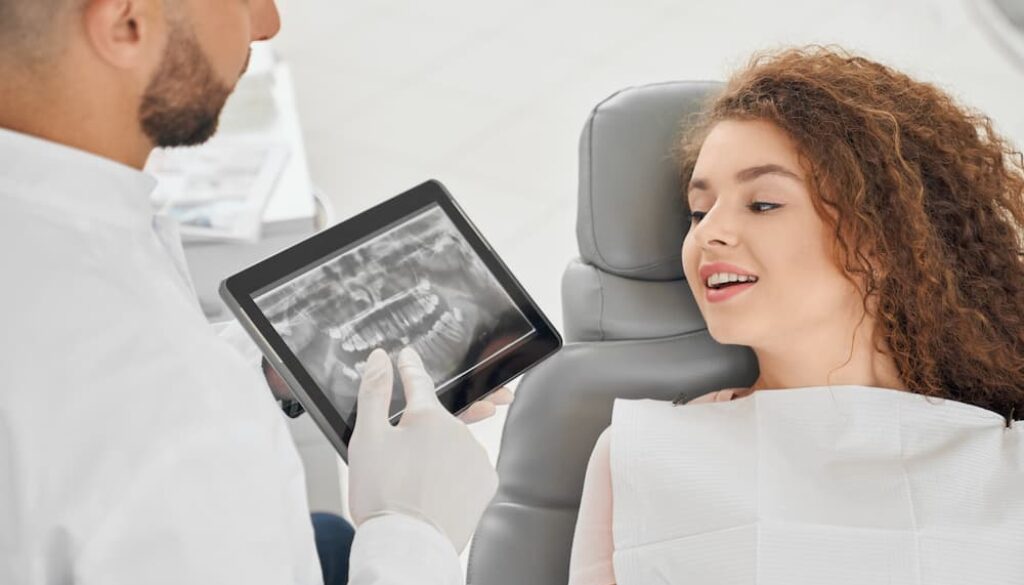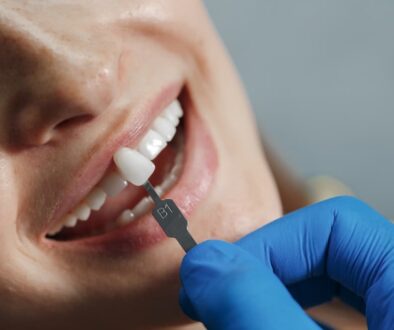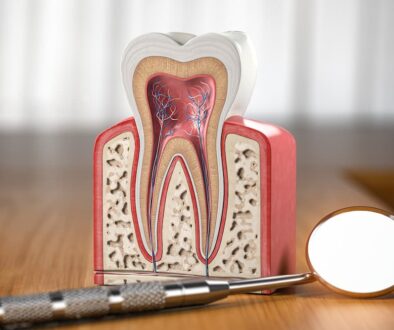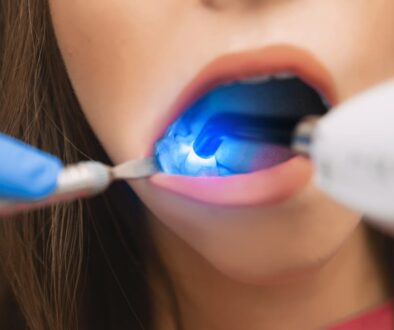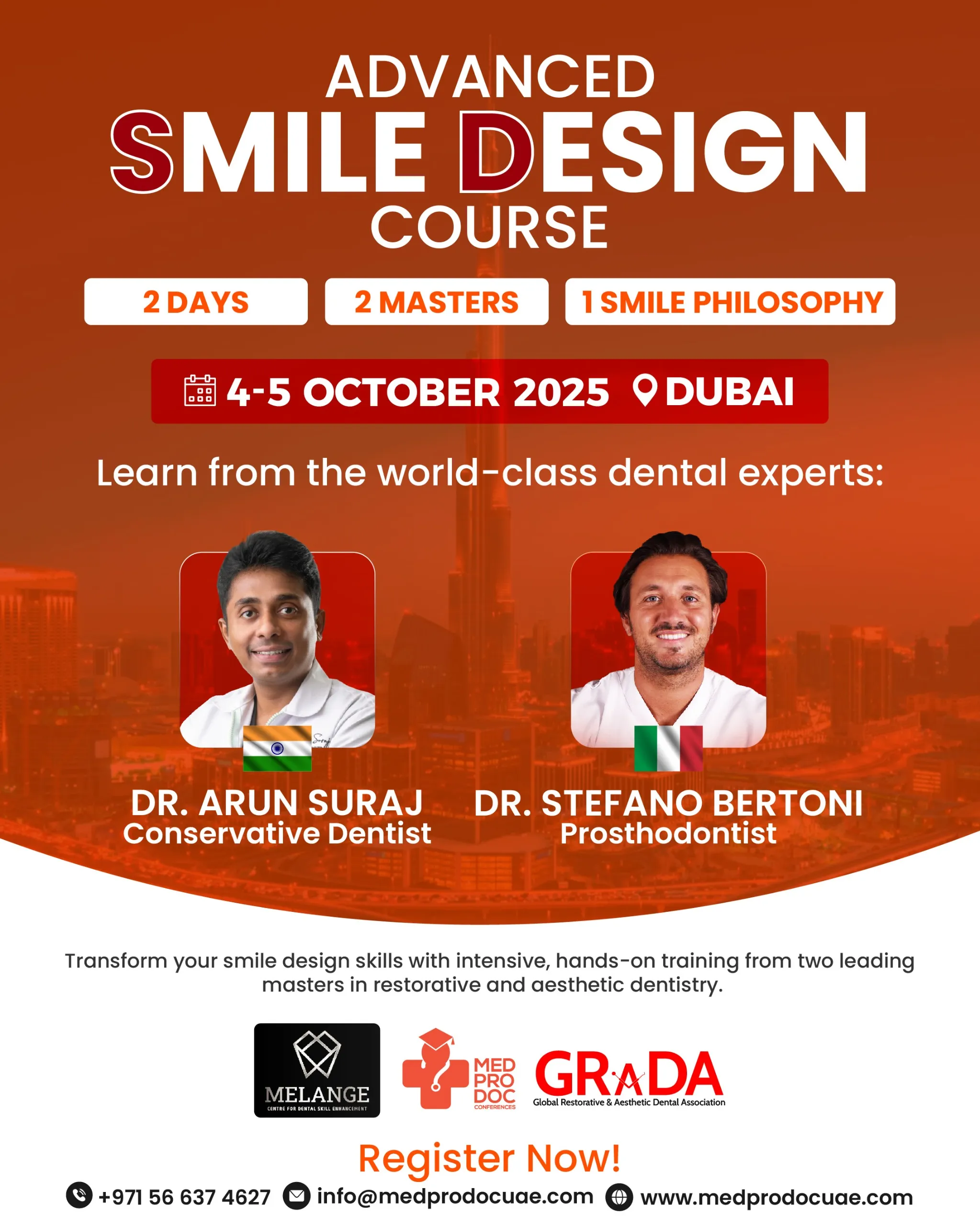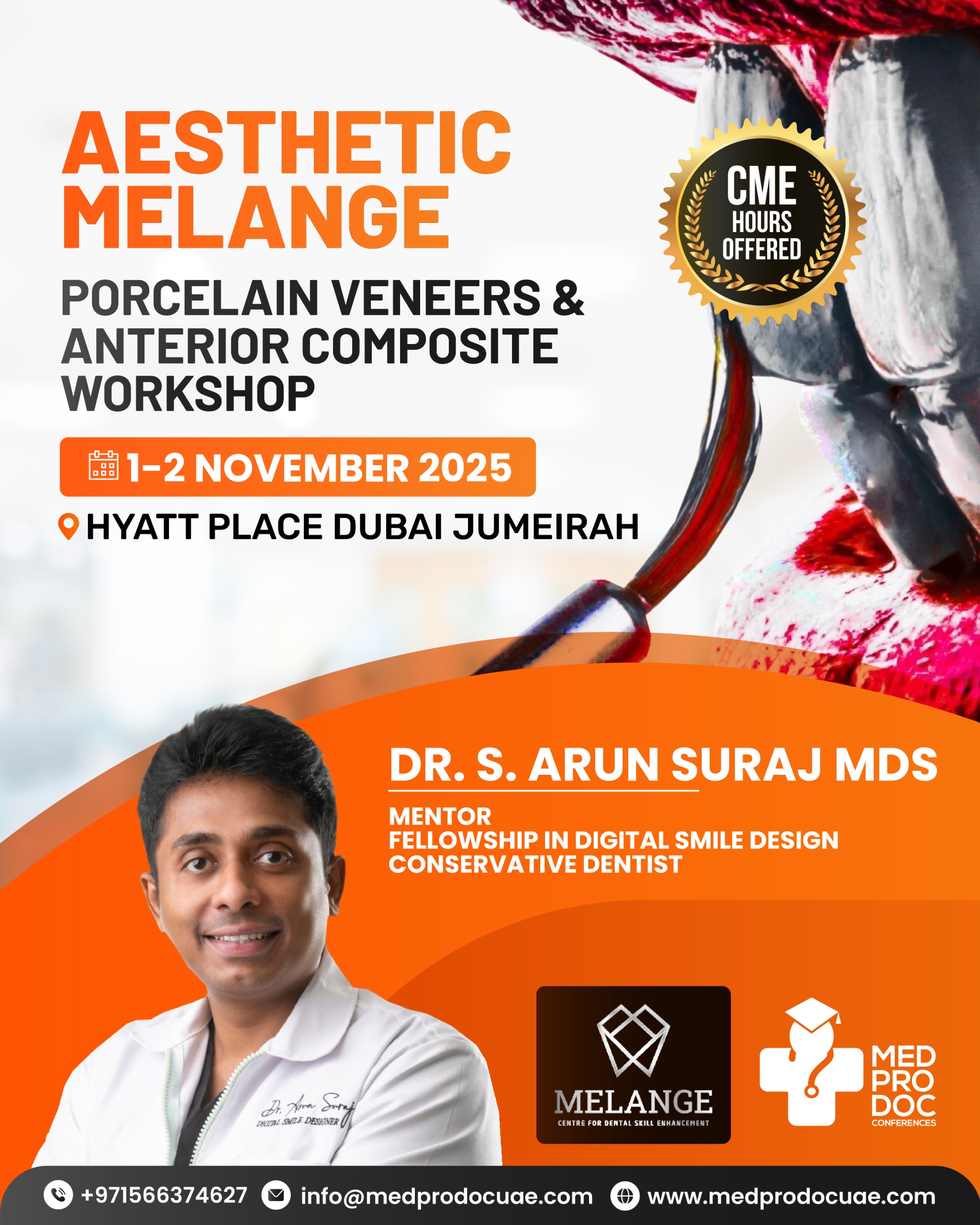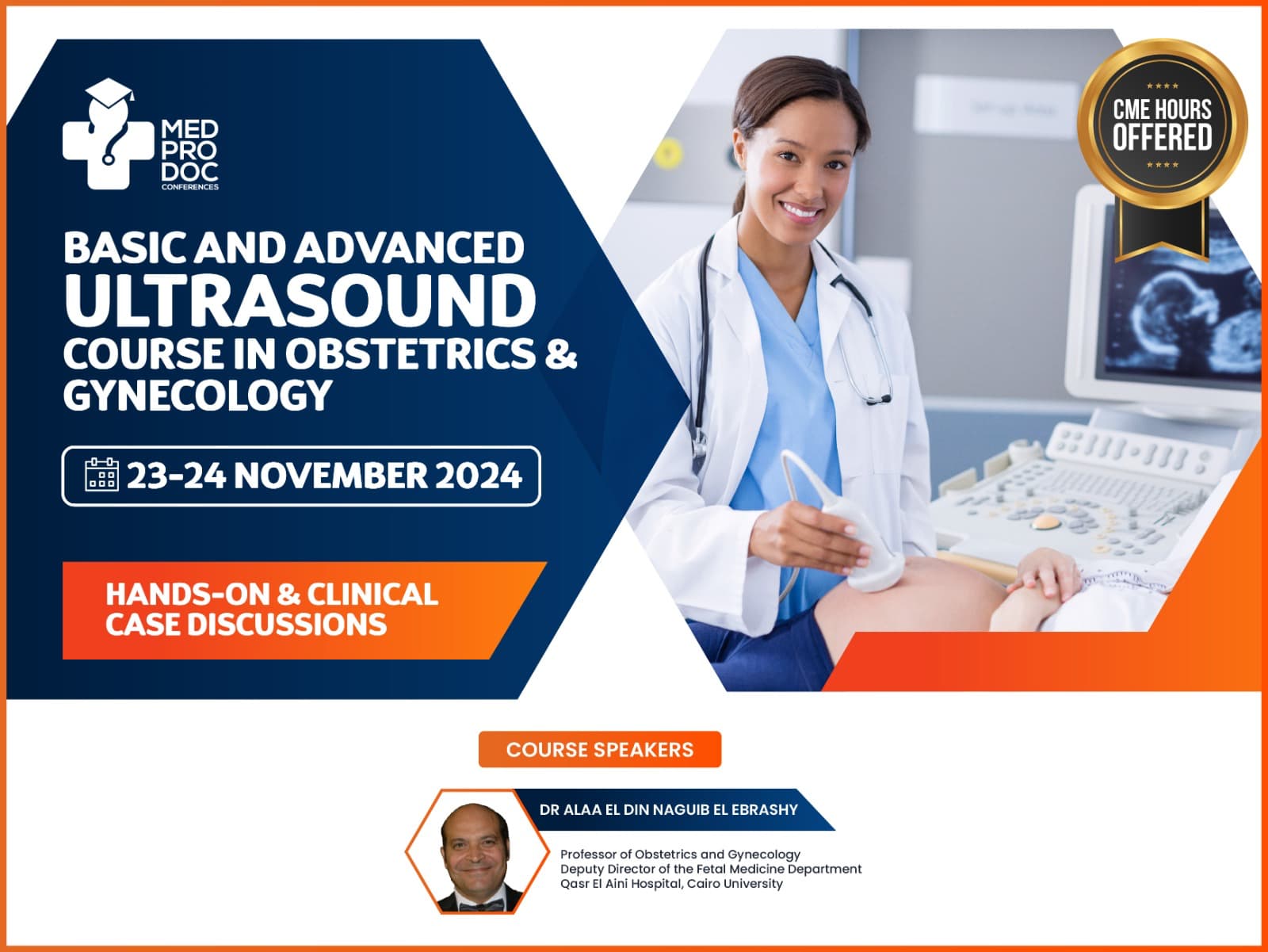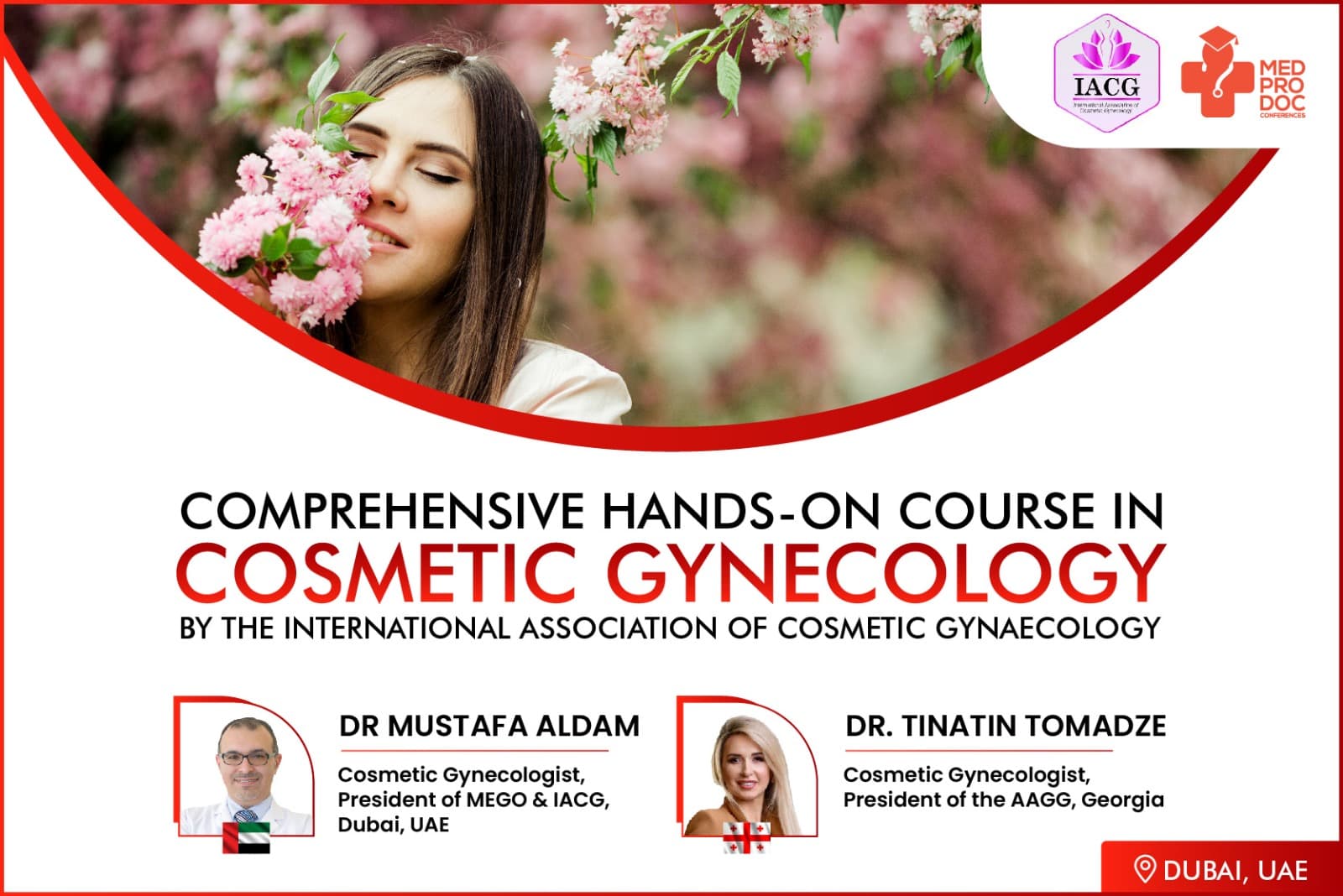Digital Dentistry Shaping the Future of Clinical Practice
Modern dental care is changing quickly with new digital tools. These tools enable dentists to work more accurately and efficiently, resulting in improved outcomes for patients. From digital dental technology such as intraoral scanners to CAD/CAM design and 3D printing, dentistry workflows are being transformed. Digital technology, including intraoral scanners, CAD/CAM design, and 3D printing, is revolutionizing the way dentists and dental laboratories conduct their work. This change is especially fast in places like Dubai, where new ideas are being used more and more. Nowadays, digital dentistry is not only a matter of convenience, but it is also a way to improve treatment quality and efficiency while reducing risk.
The Evolution of Digital Dental Technology
The journey of digital dental technology began in 1984 when Dr. François Duret introduced CAD/CAM principles for dental impressions. Over time, this foundation expanded to include intraoral scanning, cone-beam computed tomography (CBCT), CAD/CAM milling, and 3D printing. These innovations reshaped how professionals design and deliver care.
Global support is inconsistent despite years of progress. Research has indicated that 85% of dental practices utilise the conventional impression tray, which emphasizes a delay between availability and practice application. Professional workshops and programmatic training are required by practitioners wishing to take advantage of digital tech benefits in dental practice.
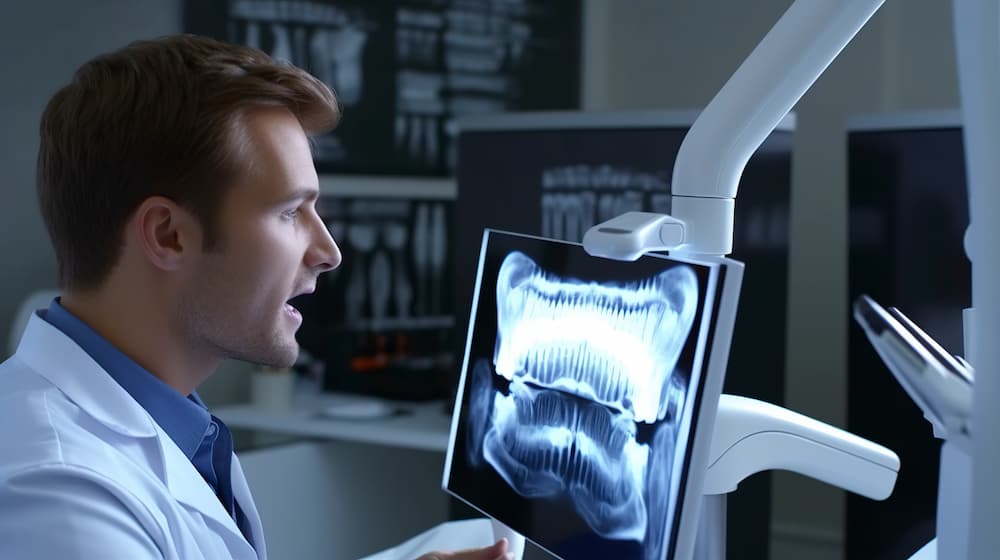
Applications in Modern Practice
1. Digital Imaging and Scanning
The imaging technologies find broad application in clinics:
- CBCT scanners offer 3D volumetric imaging, which is vital for implant planning, endodontics, and surgical navigation.
- Intraoral scanners replace traditional impressions, reducing errors and enhancing communication between clinicians and laboratories.
- Lab scanners digitize physical impressions or models for precise CAD/CAM processing.
Additionally, these tools showcase the versatility of digital dental technology in enhancing diagnostics and planning across specialties.
2. CAD/CAM Integration
CAD/CAM systems allow clinicians to design and fabricate restorations with speed and precision. Chairside systems enable single-visit crowns, veneers, and inlays—sometimes completed in as little as 40 minutes.
Applications include:
- Bridges and dentures
- Implant abutments and guides
- Orthodontic aligners
- Splints and retainers
The use of digital technology in dentistry in Dubai is evident here, as regional practices invest in CAD/CAM systems to meet patient demand for same-day treatments.
3. 3D Printing and Milling
Once designs are finalized digitally, 3D printers or milling machines fabricate restorations with remarkable precision. Moreover, a wide range of materials—from temporary resins to definitive ceramics—encompasses a broad spectrum of options, broadening clinical possibilities and improving cost-effectiveness.
The Workflow
A complete workflow generally includes:
- Digital Impressions – Captured using intraoral scanners or CBCT systems.
- Planning and Design – Performed with CAD/CAM software, allowing specialists and lab technicians to modify restorations in real time.
- Fabrication – Restorations are produced via 3D printing or milling and delivered efficiently.
In addition, the use of digital technology in dentistry at this stage ensures consistent results, reproducibility, and supports the growth of the practice.
Why Professionals Must Upskill
The value of digital dental technology lies in its ability to:
- Improve accuracy and predictability
- Reduce chairside adjustments and laboratory remakes
- Facilitate collaboration between clinicians and labs
- Enhance practice reputation and patient satisfaction
Studies indicate that 66% of dentists intend to apply intraoral scans over the next year. This reflects an overall shift towards more efficient digital options. Moreover, many clinics in Dubai rely on professional workshops to integrate these systems efficiently.
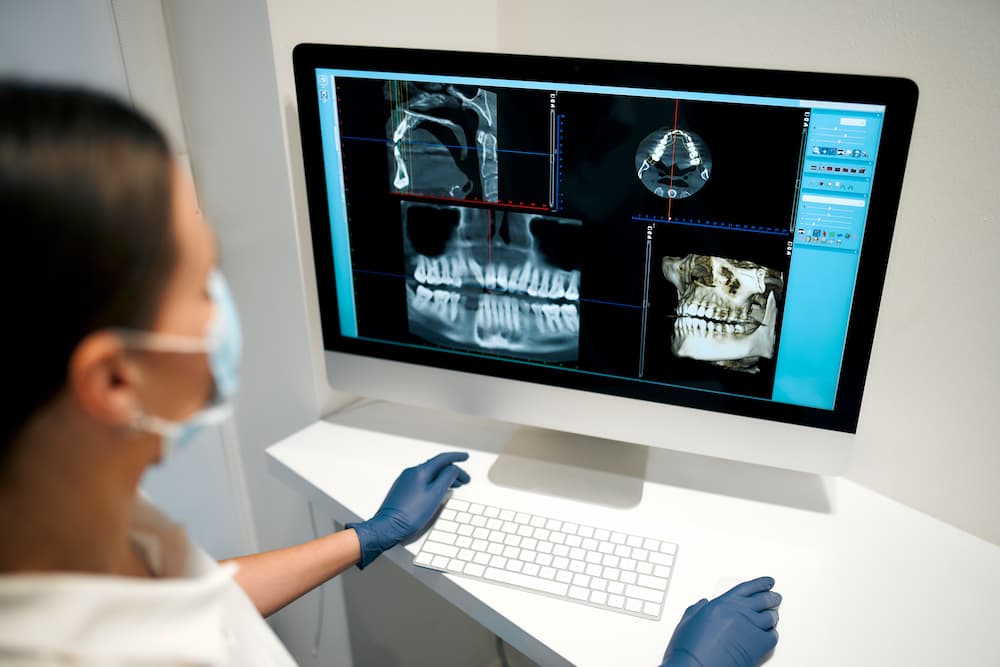
Med Prodoc Conferences: Building Competence
Med Prodoc Conferences provide practitioners with hands-on experience with digital tools in dentistry. Workshops help professionals transition confidently from analog to digital workflows.
Highlights include:
- Hands-on sessions with intraoral scanners, CAD/CAM platforms, and 3D printers
- Case-based training applying technology to real scenarios
- Insights on ROI, integration strategies, and workflow optimization
- Networking with global experts
Furthermore, for practitioners in regions like Dubai, Med Prodoc’s focus on dentistry and the use of digital technology equips them with the skills to stay ahead in a competitive market.
Frequently Asked Questions (FAQ)
Q1: Is this technology suitable for every practice?
Yes. The use of digital technology in dentistry is scalable and adaptable. Small clinics may start with intraoral scanners, while larger practices can expand into CAD/CAM and 3D printing technologies.
Q2: What is the ROI for these systems?
ROI is achieved through reduced lab costs, fewer remakes, and increased treatment acceptance. Clinics in Dubai adopting these solutions report measurable profitability within months.
Q3: How long does it take to learn?
Structured training helps clinicians and staff become proficient in a matter of weeks. Workshops combine theory with hands-on practice for faster adoption.
Q4: Will traditional methods disappear?
Not immediately. However, the increasing adoption of digital technology in dentistry is making digital workflows the standard globally.
Q5: Why attend a Med Prodoc workshop?
Workshops offer practical exposure, expert mentorship, and real-world adoption strategies—more effective than self-learning.
Conclusion
Advanced digital solutions are more than a technological upgrade; they represent a paradigm shift that ensures precision, efficiency, and practice growth. More dental clinics around the world are using digital dental technology quickly, and the use of this technology in dentistry in Dubai shows how clinics can take the lead by accepting new ideas.
Med Prodoc Conferences provide professionals with hands-on experience, expert guidance, and global insights—essential for mastering these systems and leading the next era of dental care.

